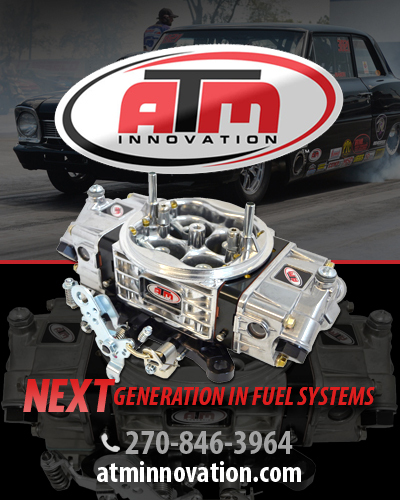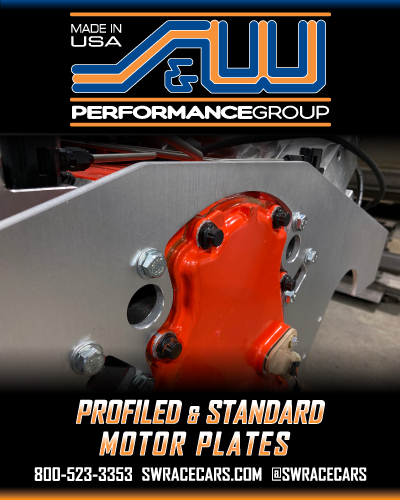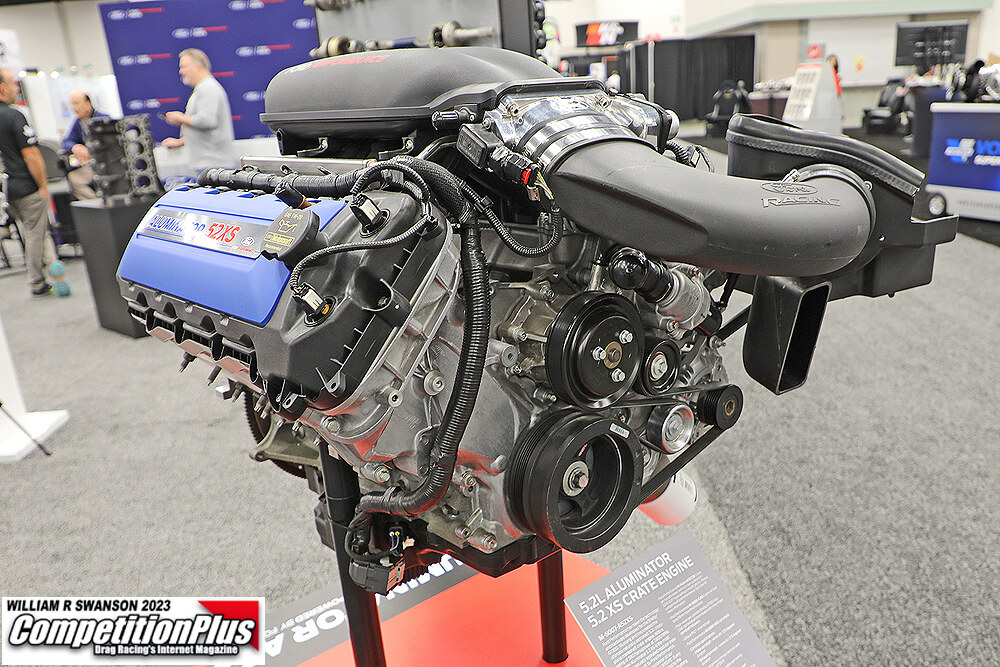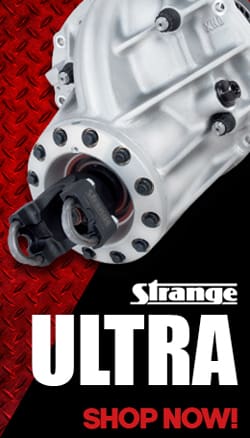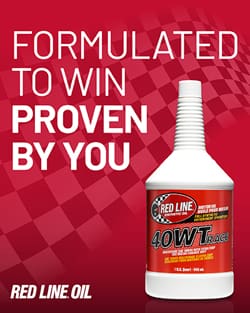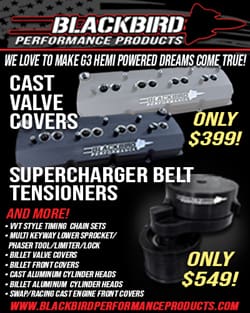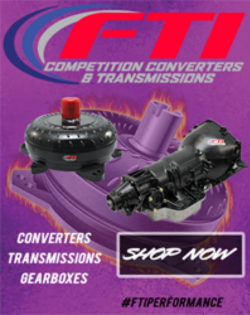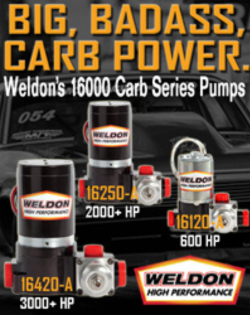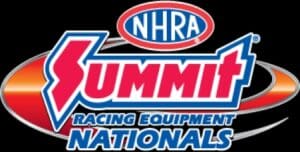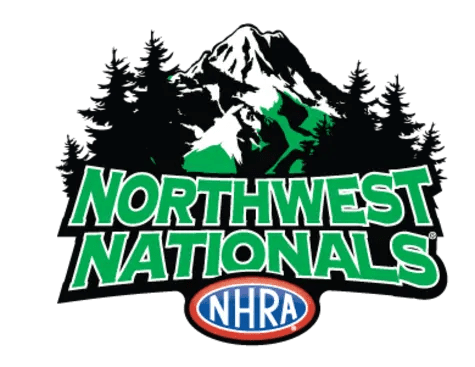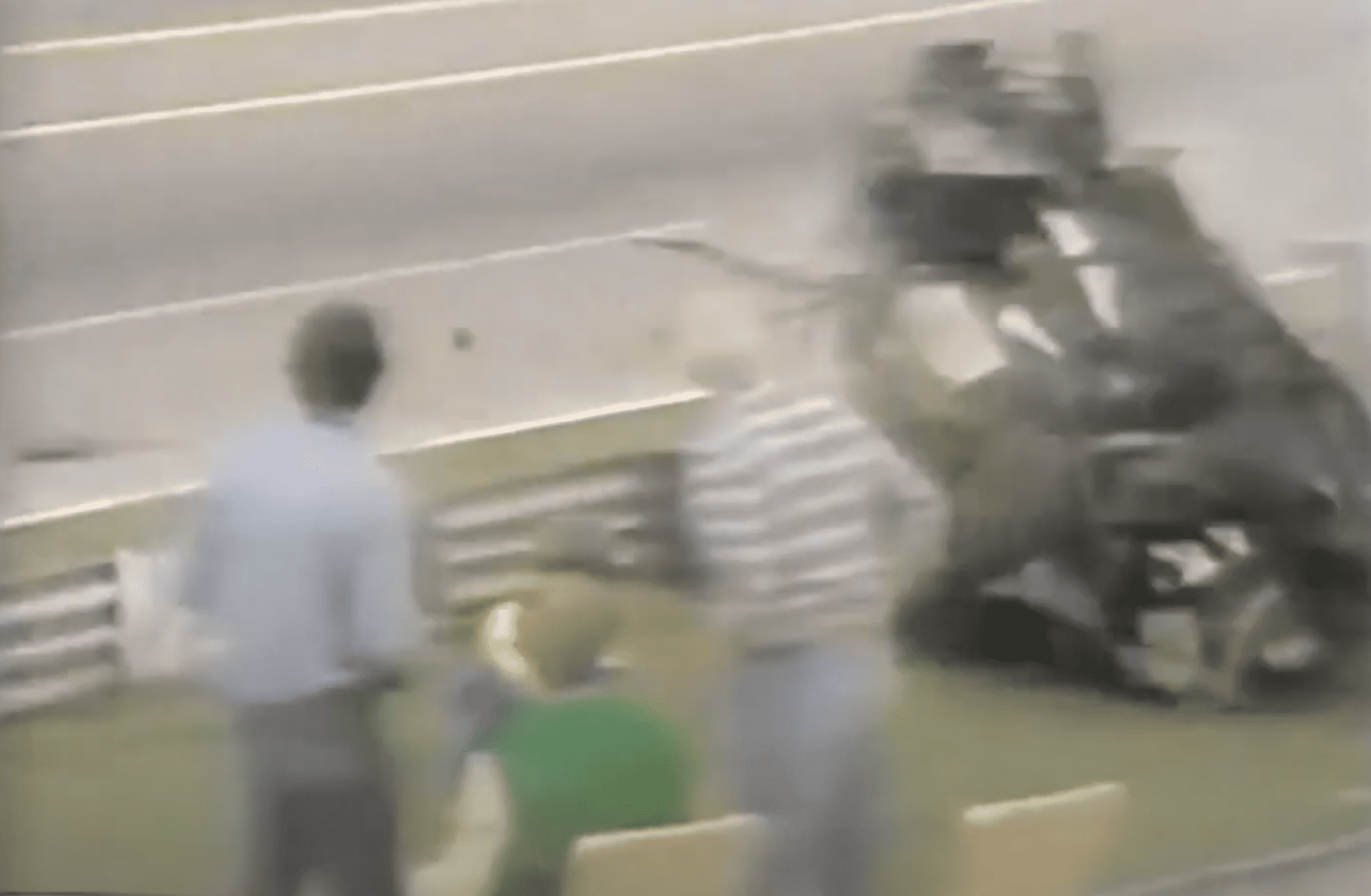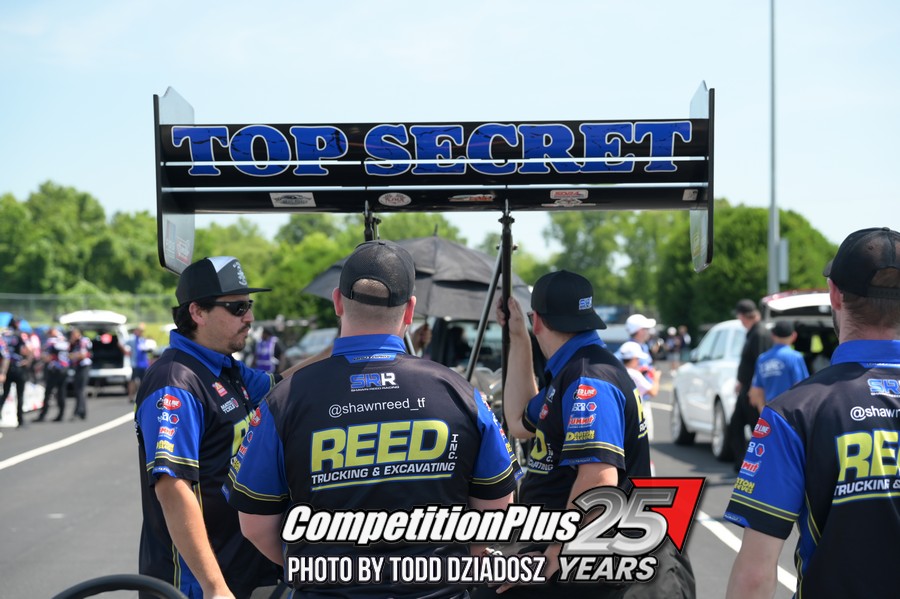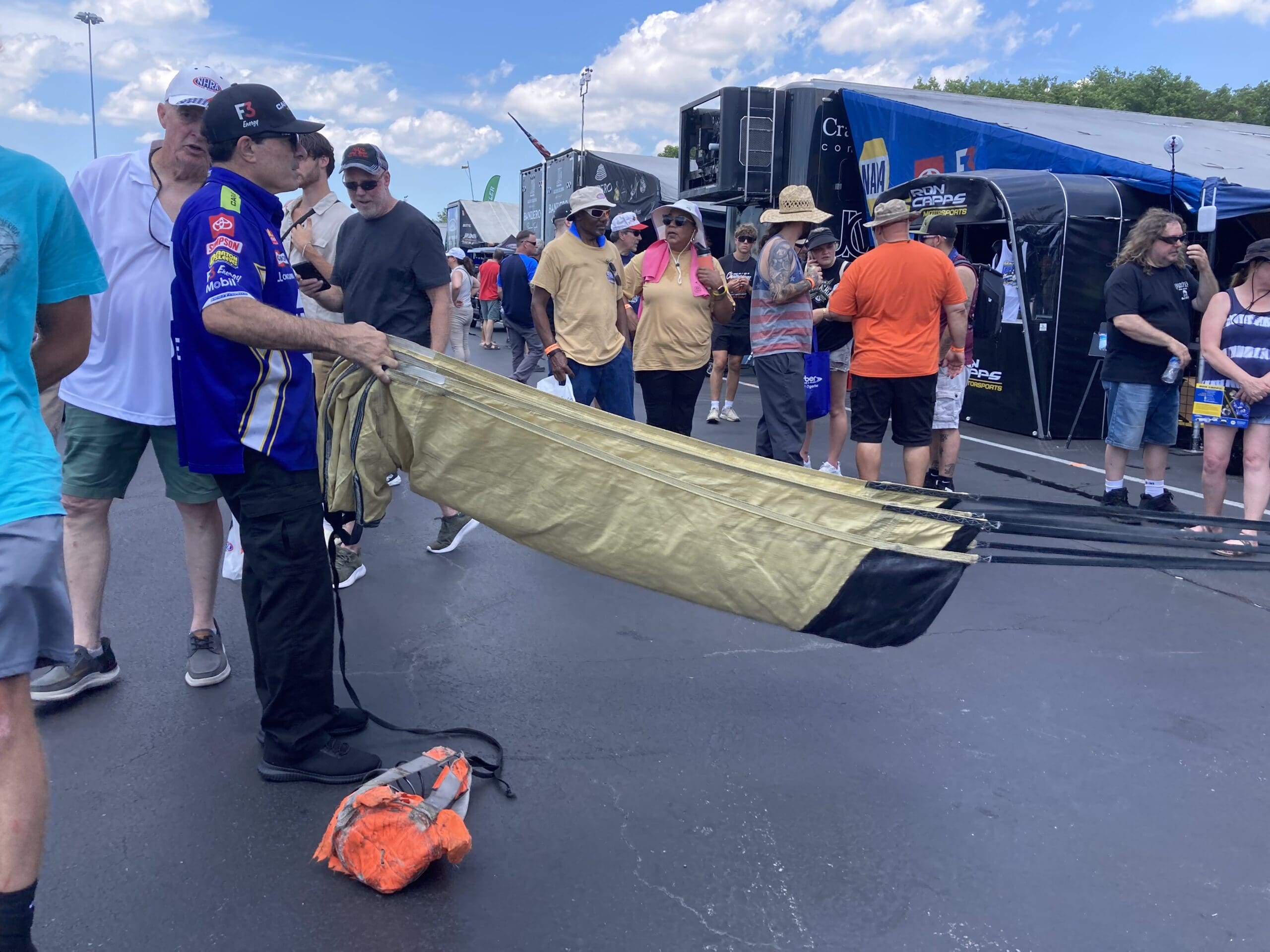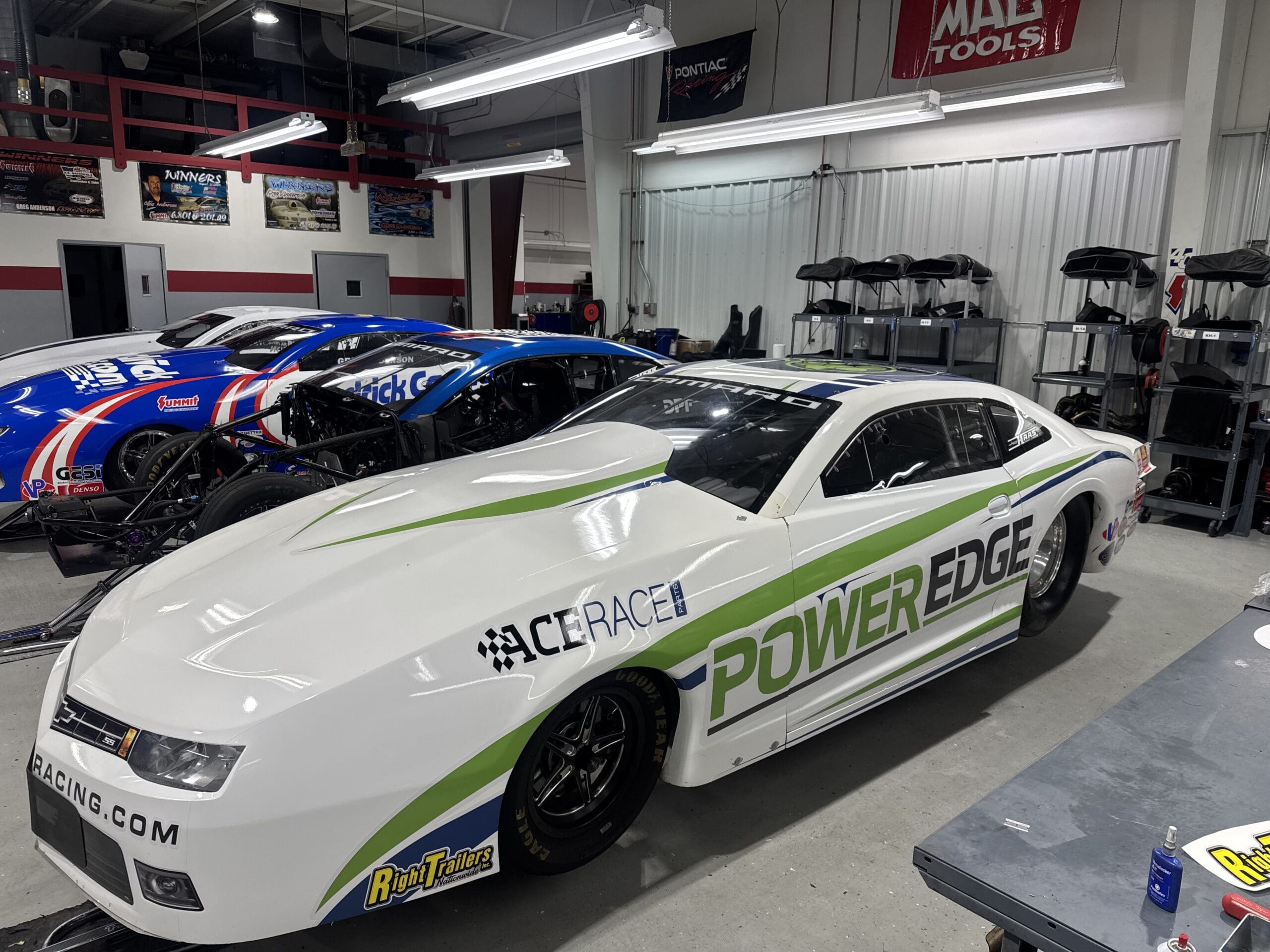 Two of drag racing’s leading NHRA Super class icons believe their categories need updating, if only for the safety of the drivers.
Two of drag racing’s leading NHRA Super class icons believe their categories need updating, if only for the safety of the drivers.
Both Jim Hughes and Steve Williams, accomplished Super racers and team owners, believe the NHRA should consider adjusting the indexes, which have been in existence since 1980. This is their personal opinion and no legislation is moving forward at present with the NHRA.
 Two of drag racing’s leading NHRA Super class icons believe their categories need updating, if only for the safety of the drivers.
Two of drag racing’s leading NHRA Super class icons believe their categories need updating, if only for the safety of the drivers.
Both Jim Hughes and Steve Williams, accomplished Super racers and team owners, believe the NHRA should consider adjusting the indexes, which have been in existence since 1980. This is their personal opinion and no legislation is moving forward at present with the NHRA.
They believe with the advancement of engine technology and rising speeds, NHRA should consider knocking a second off of the traditional Super Comp and Super Gas indexes making them 7.90 and 8.90 respectively.
As it stands now, many of the Super Cars launch twice, once on the starting line and a second time just past the 60-foot clocks. With the 9.90 cars, the throttle stop usually kicks in about 55 miles-per-hour. This makes for a challenge in gaining starting line-style traction down track. The Super Comp cars are just a little faster when the throttle stop kicks in about 65 or so. They remain on the throttle stop for about three to four seconds. The higher the mile-per-hour, the longer the car is usually on the stop.
The ensuing wide-open throttle is what concerns Williams and leads to his desire for quicker standards.
“The more you speed up the index, the more the vehicle speed helps,” Williams, a two-time Super Comp winner in 2013, explained. “If you have a car that runs 7.30s all-out at 186, and you are running in Super Gas, what ends up happening is the sixty-foots are slower and you are on the throttle stop a lot longer. The power comes on farther down the track.
“Typically, with a faster car like many of today’s Super Gas cars, if you speed up the index to 8.90 you are bringing in the throttle stop at 85 miles-per-hour instead of 55,” Williams explained. “The motion of the vehicle is going faster to allow the car to accelerate from a different spot, closer to the starting line and it’s already carrying more momentum. It helps with those first five or six races of the year which happen in cooler conditions with racing at night. It’s a lot harder to get ahold of the track with a Super Gas car at 9.90 than 8.90.”
Williams speaks from practical experience as he has run his Super Gas car against the 8.90 index before.
“Night and day difference,” Williams said. “If you talk to anyone who has done that, it’s a phenomenon explainable by engineering. It’s not just a seat of your pants kind of thing.”
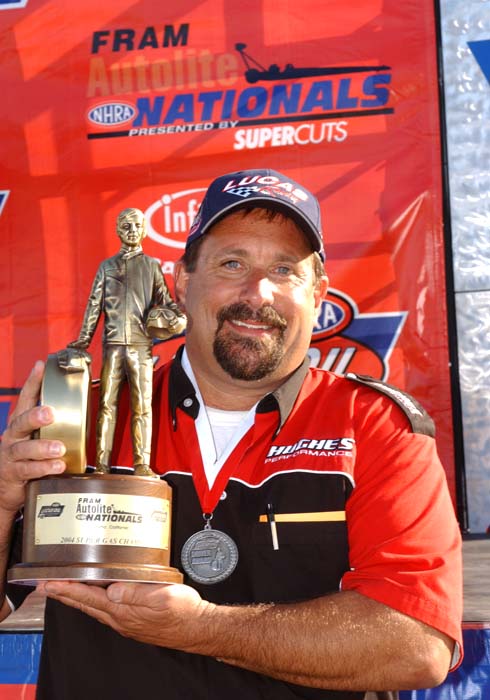
One of the issues with the modern Super cars, because of their ability to run much quicker than the index, is that they achieve a high mile-per-hour. During the first full season Super Gas ran as an official NHRA category, the average mile-per-hour was 128. Last season the average was a little over 168.
The increasing speeds and the dangers associated with cars going wide open throttle at locations with less than optimum traction is what caught Hughes attention. Hughes was an outspoken critic of the NHRA’s track prep procedures preceding the Super classes earlier this season following Derek Sanchez’s fatal accident.
Sanchez, a Super Gas racer, was killed when he lost control of his vehicle during a run on Saturday evening at the Summitracing.com Nationals in Las Vegas.
“That was brought up in the PAAC committee, the cars are much faster but the index is still the same,” explained Hughes. “There hasn’t been another class out here that hasn’t had a change in the index. Including the pro cars, which now they’re running on 1000 ft. because of the amount of speed they were attaining.”
So why build a car capable of running much faster than the index?
Economics and strategy, some racers say. The initial Super Gas cars carried between 700 to 800 horsepower engines while today’s 9.90 powerplants are in the 1,100 horsepower range. The once-capable 460-plus cubic-inch engines are now replaced with engines approaching 600 inches.
“The problem is the engines that we can buy today. It costs you the same to build a 632 as is does a 396,” Hughes pointed out. “So if you’re going to spend the money then build a bigger engine.”
“I ran in the 1982 Winters and we were running about 128 miles-per-hour and about the biggest engine you saw was a 468,” Williams recalled. “Now you see almost 600 inches. Just take a look at the qualifying order; it’s unusual to see anyone running under 150 miles-per-hour. You’re looking at 950 horsepower to go 150 miles-per-hour.”
Williams believes at least half of the cars at any given NHRA national event are capable of running 8.90s.
“I just really think adjusting the indexes is something we should consider,” said Williams. “And in Super Comp, it’s hard for me to believe there’s a dragster in there incapable of running 7.90 with today’s power.”
As for the strategy reasoning, many of the Super racers believe racing from the rear provides the better chance to win in this high horsepower cat and mouse game.
“The majority of racers in this style of competition feel when you are running from behind, and are much faster, it is easier to see the finish line and your opponents car and keep it in your field of vision,” explained Williams. “It’s a bit easier to read the closure rate and better gauge the finish line. You can tell easier whether you will get there first or not. Now there are a few who can turn their head back and watch the finish line and win.”
Changing the indexes will not completely remove electronics from this style of racing but increasing the standards will limit the time the cars are not wide open throttle during the run. And, the changes will not overnight create spectator appeal.
“I would think that it would help,” Williams said. “I don’t think there are tons of people who are going to immediately see it for what it is – good, close and tight racing. You would think it would be a lot more enjoyable for fans to watch Super Gas where the cars appear to be under full power for much longer down the race track and with Super Comp, you’d have minimal throttle stop.”
Hughes believes changing the indexes of Super Comp and Super Gas could make the electronic exhibition minimal thus making spectator appeal a little more viable.
“Super Gas and Super Comp racers do not have an alternative to run their cars,” said Hughes. “Those are two of the most prominent classes in NHRA drag racing and you’ve got to find a way to either limit the classes or change the indexes so that you don’t have to put a car on the throttle stop for 5 seconds. It has terrible spectator appeal.”
Do you know the history of Super Gas?
REMEMBERING PRO GAS
The act of cutting and pasting articles from this publication to a message board is a clear copyright violation as is pulling photos to post on social media sites. All articles and photography published in CompetitionPlus.com are protected by United States of America and International copyright laws unless mentioned otherwise. The content on this website is intended for the private use of the reader and may not be published or reposted in any form without the prior written consent of CompetitionPlus.com.











